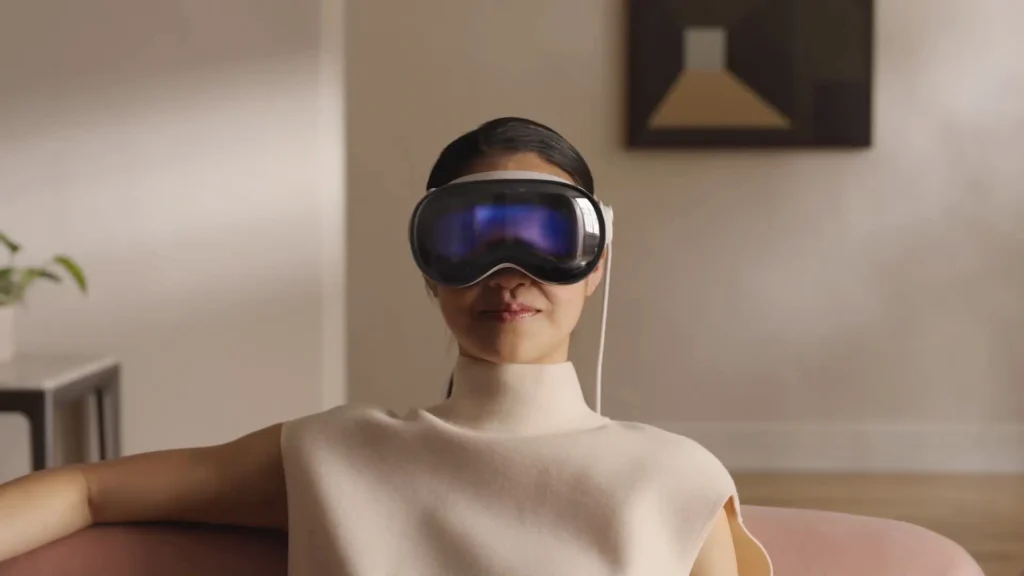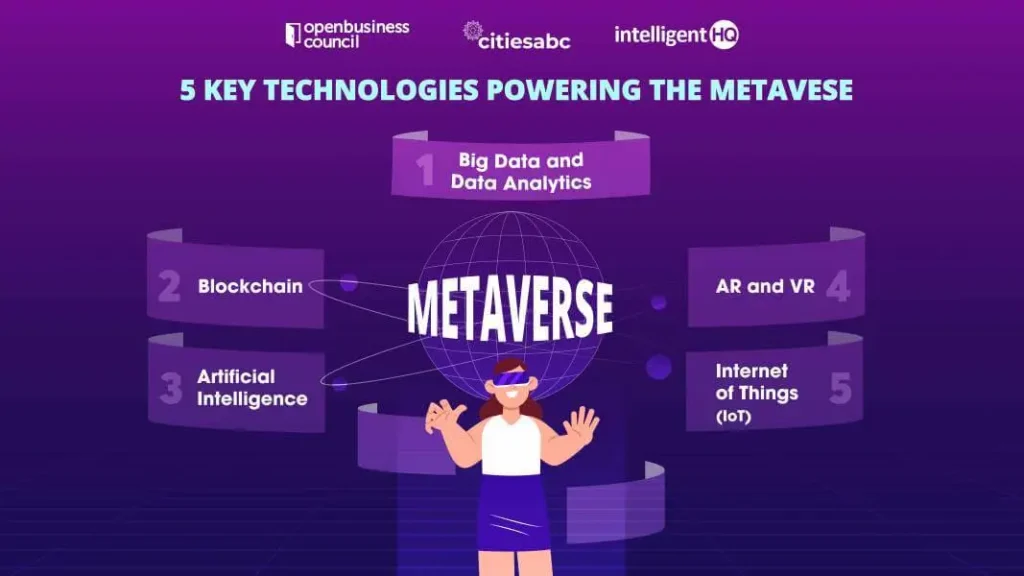Introduction: Are Smartphones the Beginning?
How smartphones changed the world. We use them to call, learn, play games, take photos, and talk to friends. But now, big tech companies like Apple, Google, and Meta believe smartphones are one part of what’s coming. They are planning a future where we may not always carry phones in our pockets. Instead, we could use glasses, wearables, or devices that blend digital with real life.
In this article, we will explore how these plans are being made, what they might look like, and how they could change everyday life. We will also look at what is good and what might be hard on the road ahead.
Why Tech Giants Want to Move Beyond Smartphones
Smartphones have been great, but some reasons are pushing tech giants to imagine what’s next:
- Market saturation. Most people who want smartphones already have them. Selling new phones each year is harder.
- Innovation is slowing. New phones don’t always bring big differences. Screen size, battery, camera – they improve, but slowly.
- New Kinds of Computing. People want technology that works everywhere: at home, outside, hands-free, with voice, and with smart assistants.
- Need for Natural Interactions. Instead of tapping a screen, companies are exploring ways to use voice, eye motion, and gestures.
- AI and Immersive Tech: Virtual reality (VR), augmented reality (AR), mixed reality (MR), and spatial computing are areas being developed. Tech giants see these as the future.
These reasons push companies to build devices beyond phones.
Apple’s Vision: From iPhones to Spatial Computing
Apple has launched a device called Apple Vision Pro. It is a spatial computer. That means it mixes digital content with the space around you. You wear it like goggles. You can see virtual objects while still seeing the real room.

Some features of Vision Pro:
- It uses eye, hand, and voice tracking. You can look somewhere, move your hand, or say something to control it.
- It has very high-resolution displays — more pixels than a 4K TV in each eye. That makes the images sharp.
- You can use apps, watch movies, and relive memories in “spatial photos and videos” that feel 3D.
Apple also changed its plan. It was working on a lighter version of Vision Pro (sometimes called “Vision Air”), but recently it decided to focus instead on smart glasses with AI. These glasses may be like normal glasses, but with cameras, voice control, health sensors, etc.
So Apple’s path beyond phones is through spatial computing and more wearable, simpler devices like AI glasses.
Google’s Approach: Ambient Computing & Smart Eyewear
Google is thinking about technology in a way that makes it part of the background of life. They call this concept ambient computing. It means devices and services are always around you—at home, in your car, or even outside—but they don’t need to be turned on all the time. They quietly help.
Some examples of Google’s work:
- Google has been working with fashion and eyewear companies like Warby Parker and Gentle Monster to make smart glasses that are stylish. These glasses come with cameras, microphones, and voice-enabled AI features like translation.
- Google wants every device to talk to others: watches, speakers, glasses, and phones. They want things to work together so you don’t always have to touch a phone. That is a central idea in ambient computing.
Meta’s Bet: Smart Glasses, AR, VR, and the Metaverse
Meta (formerly Facebook) sees a future where glasses and mixed reality devices become very important. They are making smart glasses like the Ray-Ban Meta glasses. These allow users to listen to music, take photos, use voice commands, and talk to “Meta AI.”
Meta is also building prototypes. One such prototype is called Orion. It is being built for developers first. It is more advanced, with better displays, new tech, and aims to show what future AR glasses might be able to do.
Meta’s leaders say:
- Smart glasses might one day be the “next smartphone”—but not very soon. That means cell phones will still be around for a while.
- People who don’t use AI glasses might be at a “cognitive disadvantage” later because the glasses can help you do things hands-free, get information faster, etc.
Other Players: Samsung and the Extended Reality Ecosystem
Samsung is also heavily involved. They are working on XR (extended reality) headsets and new devices that fold in interesting ways.
Some key info:
- Samsung confirmed a “tri-fold” smartphone and an XR headset (Project Moohan) to arrive by the end of 2025. The headset will run Android XR and use powerful hardware. Samsung and Google are collaborating on some of the wearable and XR tech.
These other players help make the future of technology more real because there will be choices, competition, and variety.
Key Technologies Powering the Future

Several technologies are making this change possible. Let’s list them and explain simply:
Key Technologies
Augmented Reality (AR) / Mixed Reality (MR)
- What it is: Overlaying digital info on the real world (for example, AR glasses that show directions while you walk).
- Why It Matters: It helps people see helpful info without always pulling out their phones.
Virtual Reality (VR)
- What it is: A fully digital environment you can enter (with goggles).
- Why It Matters: Good for gaming, training, and virtual meetings.
Spatial Computing
- What it is: Letting computers understand 3D space and letting you use your hands, eyes, and voice naturally.
- Why It Matters: It makes technology blend more into real life.
AI & Voice Assistants
- What It Is: Smart software that listens, understands, and helps you (like answering questions, translating, and giving reminders).
- Why It Matters: It makes devices more helpful by understanding what you want.
Wearables and health sensors
- What It Is: Things you wear (glasses, bands) that can track health or perform small tasks.
- Why It Matters: It helps reduce dependence on phones, track health, and do tasks hands-free.
5G / 6G & Edge Computing
- What it is: Faster networks and more computing close to you instead of far away.
- Why It Matters: Needed for devices to work quickly with low lag, especially for AR and VR.
What It Might Be Like in Daily Life
Let’s imagine what life could be like in a few years when these ideas become more common.
- You wake up, and the glasses remind you of your schedule quietly, without checking your phone.
- While walking, you see directions overlaid on your view through AR glasses instead of looking down at a map on your phone.
- At work or school, instead of using a laptop, you use spatial screens floating in your room, controlled by your eyes or gestures.
- Watching movies could feel like being in a theater, but with a device that weighs little on your face.
- Health sensors in glasses or wearables check your heart rate, help you with posture, or warn you if you’ve been walking too little.
These are exciting changes. But there are also challenges.
Challenges and Roadblocks
Even with all this promise, moving beyond smartphones will not be easy. Some of the challenges include:
- Comfort and usability. Wearing goggles or glasses all day must be comfortable. Weight, battery life, heat, and fit are all issues.
- Privacy and security. Devices with cameras, microphones, and sensors always raise questions: who is recording, where does the data go, and can it be misused?
- Cost and access. Advanced devices often cost a lot. Many people may not be able to afford them.
- Battery and computing power. To do powerful tasks without lag takes fast chips and good battery life.
- Social acceptance. People may feel strange wearing tech on their faces around others. It will take time to feel normal.
- Software ecosystem and developer support. For new hardware to be useful, many apps need to be built. If apps are missing, people may not adopt new devices.
- Networks and connectivity. Fast, reliable internet (5G, 6G) and good edge computing are needed. Without them, devices may lag or be useless in some places.
Expert Predictions & Market Outlook
What do experts believe about this change? Here are some predictions: market outlook for smartphone alternatives
- Smart glasses will gradually increase in use. They may become common in some tasks before they can completely replace phones.
- In 10-15 years, some tech experts predict that smartphones might be much less central. For example, Meta’s Chief AI Scientist Yann LeCun said smartphones could be replaced by AR glasses and smart bracelets.
- Companies will launch simpler and more affordable versions first before high-end devices become mainstream.
- Foldable phones, XR headsets, and smart glasses will coexist. There won’t be a single path. Some people may keep smartphones; others may switch to glasses.
- Fashion and style will matter. If devices look good and feel good, more people will use them.

Conclusion: The smartphone isn’t dead, but it’s evolving.
Smartphones have done a lot. They have changed how we live. But now the big tech companies are signaling that they want tech to go beyond phones. They want tech to be more natural, more immersive, and more helpful without always having to look at a screen.
We may not see phones disappear overnight, but over time, we will probably see more glasses, more wearables, and experiences where technology fades into the background—helping without demanding all our attention.
If you want to stay up to date, watch how Apple, Google, Meta, and Samsung move. Watch what devices they release. Try smart glasses or AR apps. Read about privacy and safety. Because this future isn’t far — it’s already being built.
FAQs (Frequently Asked Questions)
Q1: Will smartphones disappear soon?
A1: Not soon. Experts believe that while smartphones will be less central over time, they will still be around for many years. Early devices like smart glasses and wearable tech will slowly take over some tasks, but phones won’t vanish right away.
Q2: What are smart glasses?
A2: Smart glasses are wearable devices that look like eyeglasses but have built-in tech like cameras, displays, voice recognition, sensors, or speakers. They can show you directions, translate languages, let you take pictures, access information, etc., without pulling out a phone.
Q3: What is spatial computing?
A3: Spatial computing means using computers that understand and work inside the 3D space around you. Instead of flat screens, you use gestures, voice, and eyes to interact with digital content that seems to float in your room.
Q4: What is ambient computing?
A4: Ambient computing is technology that helps you without being too obvious. Devices and services quietly work in the background—your speaker listening for commands, your home adjusting lights, or a watch reminding you to move—so you don’t always have to check your phone.
Q5: What are the biggest challenges with these new devices?
A5: Some of the main challenges are cost, comfort (weight and fit), battery life, privacy concerns, and making useful apps. Also, the tech must be good enough so that people’s experience feels natural and helpful.
Q6: When might this future happen?
A6: Some new devices are already being released or tested. Experts say that over the next 5 to 15 years, many of the changes will become more common. But for everyone to use them widely, that may take longer, depending on cost, networks, and comfort.
Q7: How can I try these new technologies safely?
A7: You can try demo versions in stores. Read reviews. Be careful about what apps you use—check privacy settings. Don’t trust the tech; ask about how data is handled. Choose brands and companies known for respecting user privacy.
Disclaimer: The information on TechBullish.org is provided for educational and informational purposes only. External websites and their ads are beyond our control. We do not guarantee the accuracy, safety, or content of third-party sites. Please visit external links at your own discretion.

















One thought on “Future Beyond Smartphones: Tech Giants’ Next Big Move”